that reminds me of our last Christmas with my family, I got a custom portrait of them all as Tudors from popartyou - they loved it so much!
Rich and Poor: What Was Life Like in Tudor Times
We may enjoy a variety of fabrics today, but back in Tudor’s era there was a sort of “fabric hierarchy”. Thing is, not everyone was allowed to wear posh clothes made of silk — since silk was reserved for the members of the royal family. Knights could opt for velvet.
Also, common people had to be really careful about colors — for instance, it was prohibited to wear purple. As ridiculous as it might seem today, in 15th and 16th century England, the wrong color and fabric choice could land people in legal trouble.

Still, it was almost impossible to have legal trouble because of clothes as they were really pricey, to say the least. To afford a few items of clothing meant having multiple jobs. So, people were really careful about how they wore them. For common people, clothes were primarily a means to withstand severe climate conditions. However, people did get in legal trouble because of clothes sometimes, yet not because of banned-for-common-people colors, but because they weren’t socially acceptable.
As for teeth, trends were quite weird compared to pearl-white teeth many people struggle to get now. Many sources claim black teeth were extremely fashionable since they could prove high social status. Noble people in Tudor England wolfed down sugar in obscene quantities. Back then, sugar was available to the wealthiest ones only, as it was imported from far away countries, like the British territories in the Caribbean.
The coordination was tricky, so the sugar in England would end up with a hefty price tag. The more sugar people consumed, the blacker their teeth were. So, black teeth were seen as a fancy attribute of a rich lifestyle, just like designer bags today.
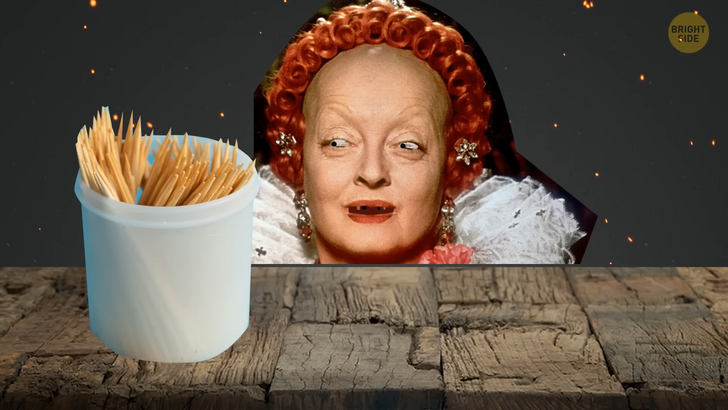
However, people did have a sort of tooth hygiene even in the 16th century. First off, there were toothpicks to remove any fragments of food. Also, common people used makeshift powders for cleaning made of soot. The best option was clean soot from a wax candle.
People collected it by holding the candle flame against a clean and polished surface. Any mirror was an excellent tool for soot collecting. Once collected, the candle soot was rubbed into the teeth. It actually did remove plaque and somewhat deodorized the mouth. For those who wanted a deeper cleansing, there was an option of chalk and salt rubbed into the teeth.
As for personal hygiene, washing your body was considered barbaric and even bad for health. Many doctors of that time believed that water could infect people through the pores, so instead of a decent shower people would opt for linen rubbing. Back then, all they needed for a clean body was a linen cloth. No shower gel, no body moisturizer, just vigorous rubbing! That’s just ripe for jokes, but I’ll leave it be, for now.
Hey, water was considered to be bad for drinking too. In fact, which was partially true — the big cities’ water was indeed contaminated. So, neither the rich nor the poor drank it. Instead, the poor drank ale or mead made of fermented honey to keep their bodies hydrated, while the rich opted for wine.
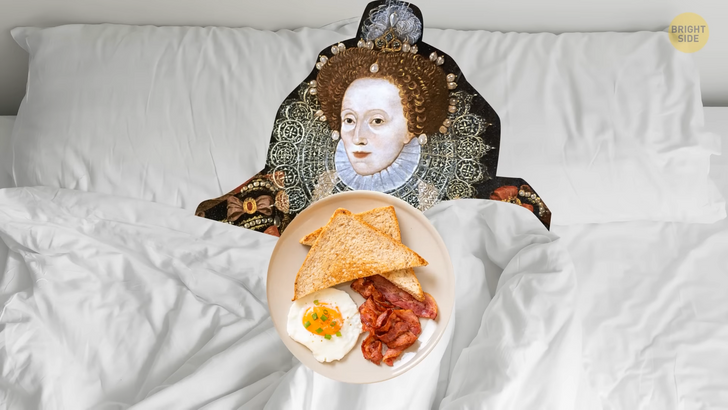
Breakfast is sure to be the main meal of the day, and this concept was first started in the Tudor era. Before, it had been advised to skip breakfast and wait for dinner. Nope, dinner of the Tudor times was not something they had at 8 p.m. — many households had dinner at around 10 in the morning.
By the mid-1530s, dinner was slipping to a later time, and it was due to climatic reasons — people needed fuel for their stomach to be productive. This way, the Tudor-style brekkie appeared. As people would wake up at around 4 a.m., their breakfast would start at 6 a.m. or so. Actually, nothing has changed much since the 16th century — bread, fried eggs and bacon are still a good morning meal for many people.
The main meal of the day aka dinner started rather early; the most fashionable time was around 11 a.m. As for food, welp, bread was the central dish again. It came in many varieties, and depending on how wealthy the household was, bread was eaten either alone or combined with other foods.
Still, the bread back then was quite different from what we eat today. The closest to one eaten in the modern world was called “manchet loaves”, which is pure white wheat bread with fresh yeast. But still, old records claim the crust was crunchier and the taste was creamier...
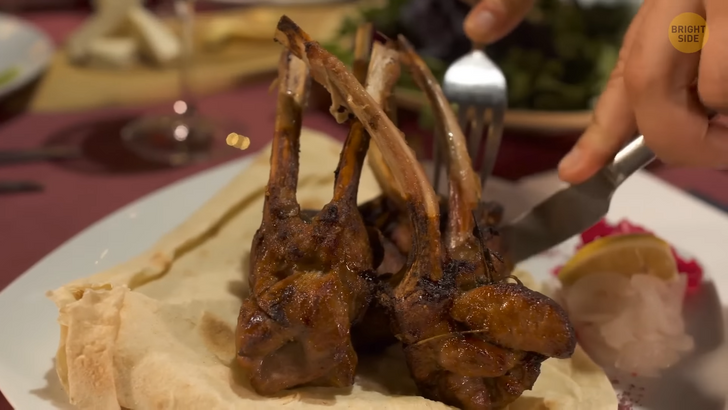
In the evening, people would have supper. When we sit down to eat today, we expect to have individual plates and portions, but back then, eating was more communal. Also, the whole eating process required less cutlery and crockery.
Almost no one, especially common people, used forks for eating. People could make do perfectly with knives, spoons that they brought for supper themselves, and even their own fingers. Ugh, fingers are a bit too much for me, hope they used sanitizers or wet wipes! Just kidding, in reality, they weren’t even likely to wash their hands before eating.
Imagine you’re having supper in Tudor’s England. Here’s the list of things you should not be shocked about:
— You bring your own cutlery, but we’ve discussed it before.
— You share your portion called “a mess” with around 3-5 other people. Don’t worry, the food is bite-sized, so it’s almost like canapé.
— You got to grab the food directly from the mess and put it directly into the mouth.
— Whenever you feel thirsty, be ready to share the cup with a few people again. Here came a polite rule of wiping your lips before sipping.
— You don’t spare room for dessert but for cheese. It was believed that cheese was the excellent closure for any meal.
— As for desserts, they were mostly for the rich — remember, sugar was pricey. Poorer people had gingerbread and honey for dessert, and sometimes fruit preserved in syrup.

On to the main menu! Don’t expect to see too many veggies during the winter, as they were highly seasonal. No exotic fruits and vegetables either — apples, pears, cabbage, parsnips and probably plums were the most a Tudor’s era person could dream about. In the late Tudor’s period, tomatoes and potatoes appeared — so if someone saw them on the table, they could easily tell the household was wealthy.
As magnificent as old architecture might seem today, people weren’t really likely to enjoy the Tudor architecture as we do. The reason is simple: the stunning buildings came bundled with oozy and smelly mud everywhere. Cleaning the shoes was inevitable, so there were rushes at the front door to get rid of the dirt and soak up the excess moisture. Fun fact: rugs were mostly used to cover tables. Wealthier households could afford woven rush mats.
We may have any book we need for studying within seconds on a tablet — we may even download the whole national library and carry it in a backpack. By the way, the first tablet ever was invented in the Tudor’s era! Nah, it’s another lame joke of mine.
Still, there was a terrible shortage of books in Tudor’s England and students would read from “hornbooks”. A hornbook is a wooden board covered with a transparent sheet of cow horn to protect what’s written on the board. This way, more students could profit from a Tudor-style-tablet. It did look like a tablet but could only fit a one-pager.
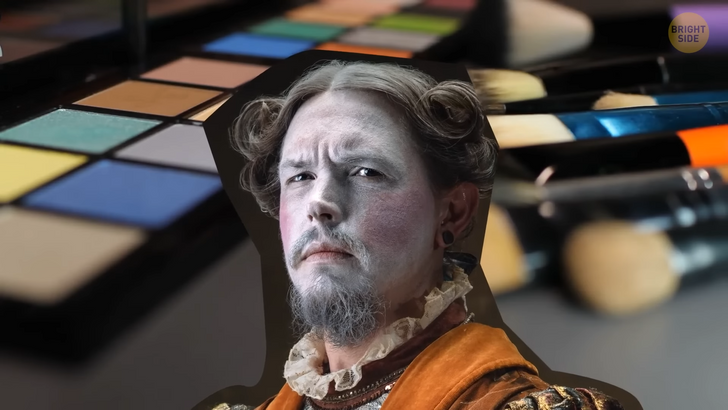
It’s not a secret that old-time makeup was not really safe for skin, but Tudor’s England makeup was considered to be natural. Actors and noble women mostly wore it.
Natural it was, as it included chalk and powdered mouse bones. Ah, and don’t forget lead! Right, natural doesn’t mean safe.
Now over to you: what side do you lie on when you sleep? If you lie on your left side, Tudor’s era doctors would not be happy, because sleeping on your right side was considered the healthiest! So there!
Comments
Related Reads
I Canceled Holidays at My House After My MIL’s Shocking Behavior on Thanksgiving
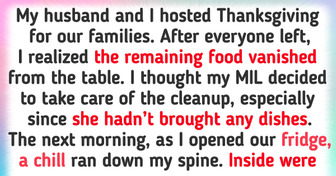
My Dad Excluded His Grandkids From a Family Vacation

My DIL Was Jealous of My Cooking and Her Revenge Was Unthinkable

12 People Share Bone-Chilling Stories About Their Ex

18 People Share Stories About Kids Who Are Best at Checking Their Parents’ Patience

We Agreed He Would Be a Stay-at-Home Dad, Now His Family Has Turned on Me

My Son Called It a Family Trip Until I Found Out the Real Reason I Was Invited
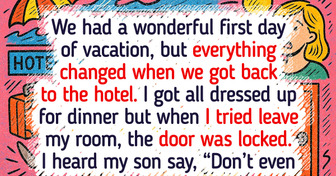
My MIL Forbade Me From Coming to Thanksgiving - There Was Heinous Plot Behind It

My Son-in-Law Crossed the Line in Public—and Got a Taste of Regret
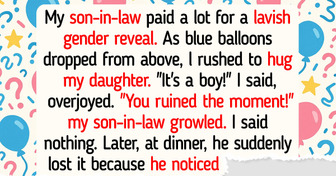
20 Dates That Quickly Went From Bad to an Absolute Catastrophe

10 Riddles and Short Detective Stories to Test Your Logic
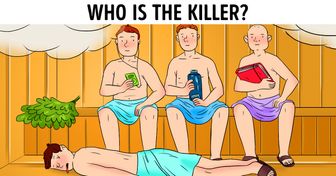
My MIL Sent Me a Christmas Tree With a Secret I Won't Forget
